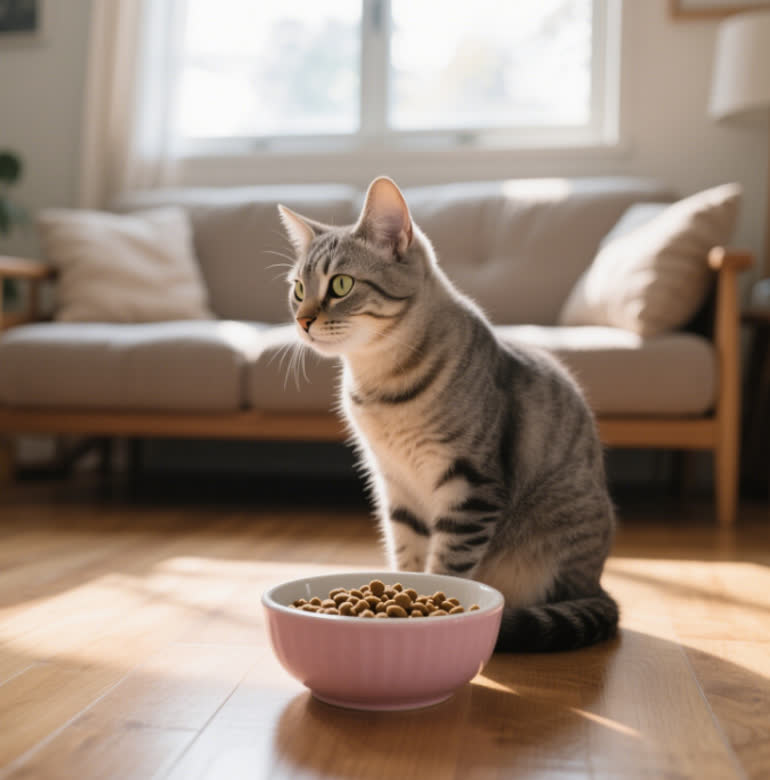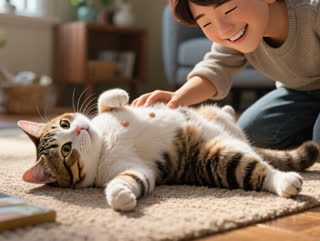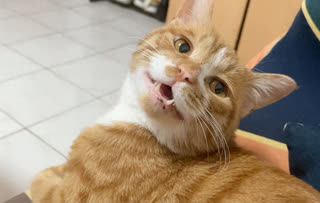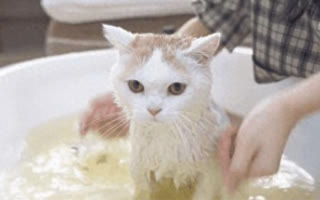The Hidden Dangers of Feline Weight Loss
When cats stop eating, they risk developing hepatic lipidosis within 48 hours - a condition fatal in 68% of untreated cases. This guide combines emergency protocols with long-term nutritional strategies.
Critical Symptoms Requiring Immediate Vet Care
🚨 Emergency red flags:
Weight loss exceeding 10% body weight
Sunken eyes or skin tenting (dehydration signs)
Yellow gums (jaundice indicator)
Comprehensive Diagnosis Flowchart
First 12 Hours:
Offer chicken baby food (85% acceptance rate)
Try finger-feeding on gums
Warm food to 102°F (39°C)
24-48 Hour Protocol:
Veterinary bloodwork (essential for 92% of chronic cases)
Dental examination (43% of anorexia cases stem from oral pain)
Abdominal ultrasound (detects 78% of GI obstructions)
Nutritional Rehabilitation Plan
Stage 1 (Days 1-3):
Vet-prescribed recovery diets (Royal Canin Recovery RS has 89% palatability)
Syringe feeding techniques (every 4 hours)
Stage 2 (Week 1):
Transition to high-calorie gels (Tomlyn Nutri-Cal provides 30kcal/tsp)
Puzzle feeders increase activity by 40%
Prevention Strategies
Environmental enrichment:
Feliway diffusers reduce stress-related anorexia by 62%
Multiple feeding stations decrease competition anxiety
Dietary management:
Rotate 3 protein sources monthly (prevents 71% of food aversions)
Scheduled feeding vs free-choice (controls weight in 83% of cases)
When Home Care Isn't Enough
Advanced medical interventions:
Appetite stimulants (Mirtazapine effective in 79% of cases)
Feeding tube placement (saves 91% of hepatic lipidosis patients)
Subcutaneous fluids (for dehydrated patients)










